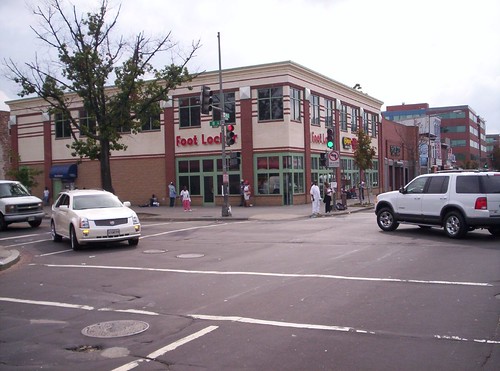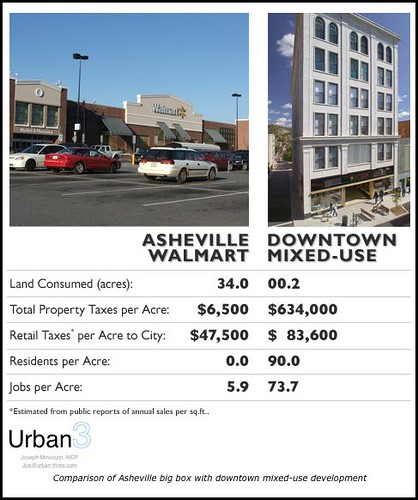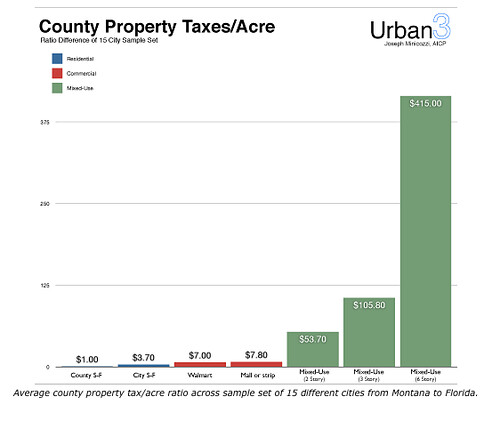Appropriate development proximate to subway stations: Sports edition
This topic also comes up in reference to the cockamamie idea of putting the Washington Redskins football team's practice facility on the "Reservation 13" land on the eastern edge of Capitol Hill, but also abutting the RFK Stadium.
This proposal is a very poor use of land in terms of the amount of acreage used and economic return to the city. Especially in terms of thinking of the city over long time frames. And that is important. Not knowing how long you've lived in the city... even in 2003, which is not that long ago, the kinds of things happening on H Street today were unimaginable, and had been for 35 years.
The crappy corner building on the southwest corner of H Street (constructed in 2002-3) was the pinnacle of what the H Street CDC believed was the value of the H St. neighborhood, and their website the year before still suggested that part of the Atlas theater complex could be torn down for parking.

Four traditional rowhouse commercial buildings, one building arguably the oldest on the corridor, were torn down by the H Street Community Development Corporation, in favor of this one story building--the second story is fake--funded in large part by Federal Community Development Block Grant monies and a loan from SunTrust Bank. Residents argued for a better building, and a multi-story mixed use building, but the CDC refused to consider such ideas.
I have never seen an adequate "tax yield per acre" chart of different types of land use in the city, and DC is different from most cities where typically residential property runs at a tax loss--more services are provided per dollar of tax revenue generated by residential property--because the city keeps 100% of its income tax revenue. These two images from the Planetizen article, The Smart Math of Mixed-Use Development" cover the issue of tax yield. DC's planning office should be required to construct a similar tax yield analysis for property in DC.

Tax yield study, big box sprawl vs. intense downtown development, Asheville, NC.

Typical tax yield per acre, multi-county study.
For example, all the people clamoring to attract families with multiple children ought to remember that it costs about $17,000/year to educate a child in the public schools, and typically this figure is double the typical tax yield of a house in an rowhouse neighborhood.
The economic impact of a practice facility would almost be like having undeveloped land. Plus, from the standpoint of land use logic (New Urbanists call it "the transect") land in developed areas with access to high quality transportation (the subway) is where you want to put higher intensity uses and leverage the investment (billions) in the transit system.
If you really want a practice facility (I don't, but then, I don't care about professional sports, and as importantly, I really don't like subsidizing professional sports either with money or land), put it in a place like the Armed Forces Retirement Home where you don't have transit and a lot of underused land. (Although I think that land can be better used than that even there, especially with the addition of streetcar service.)
From the standpoint of land use logic, a large campus type practice facility for a low intensity use like a sports team doesn't make sense as a development priority for a center city, let alone the "world class city" that DC all too often claims it is.
Labels: electoral politics and influence, public finance and spending, real estate development, sports and economic development



0 Comments:
Post a Comment
<< Home